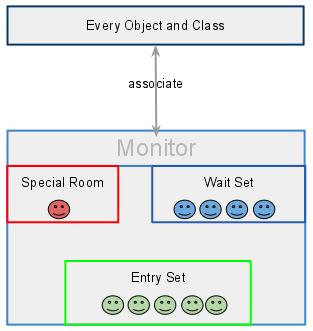How Static Type Checking Works in Java?
From Wiki: Static type-checking is the process of verifying the type safety of a program based on analysis of a program’s source code. Dynamic type-checking is the process of verifying the type safety of a program at runtime Java uses static type checking to analyze the program during compile-time to prove the absence of type … Read more
